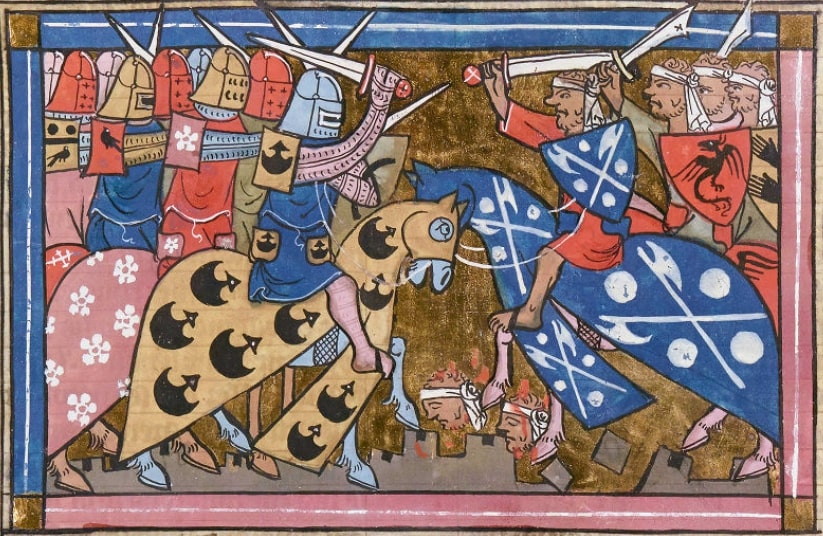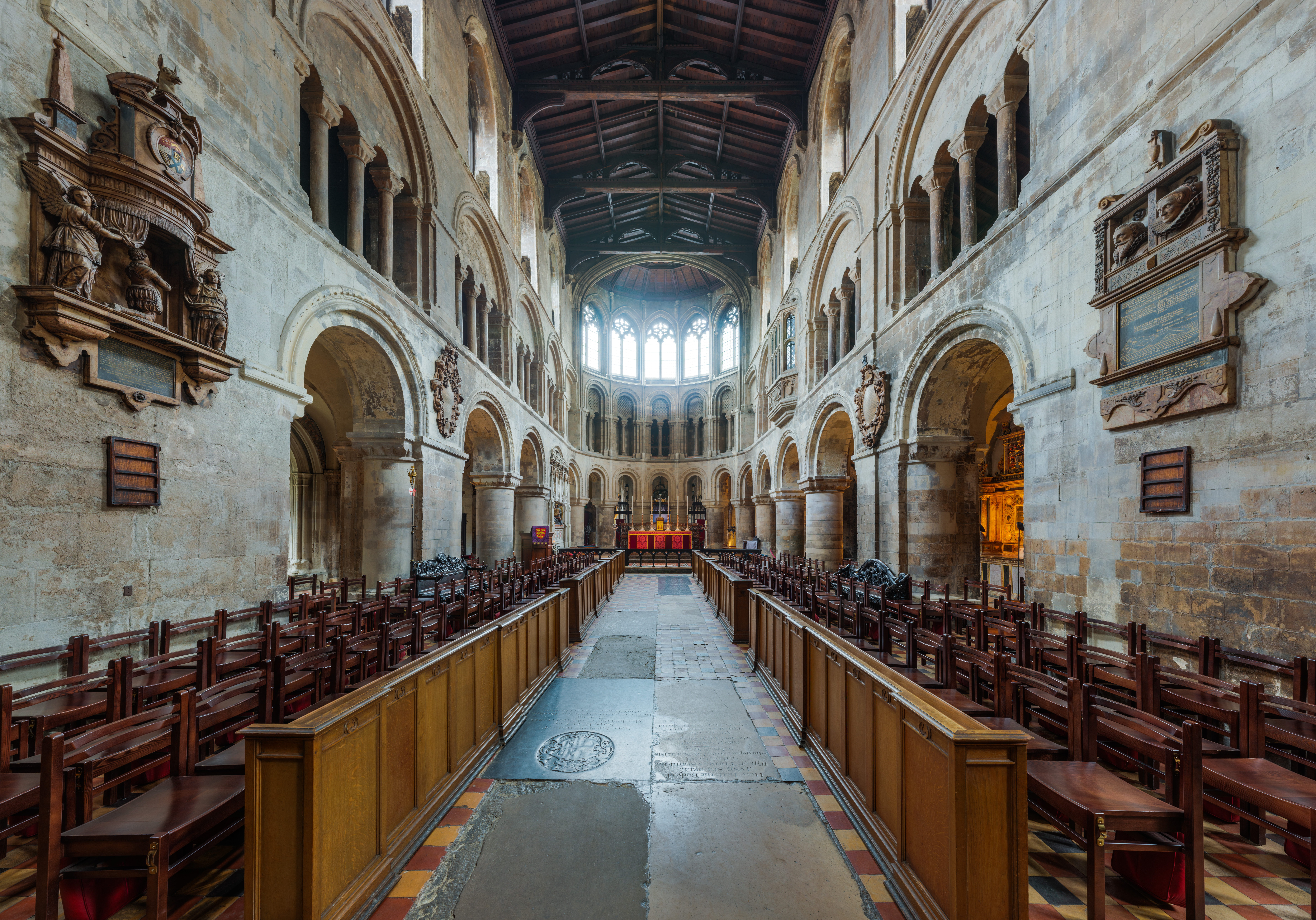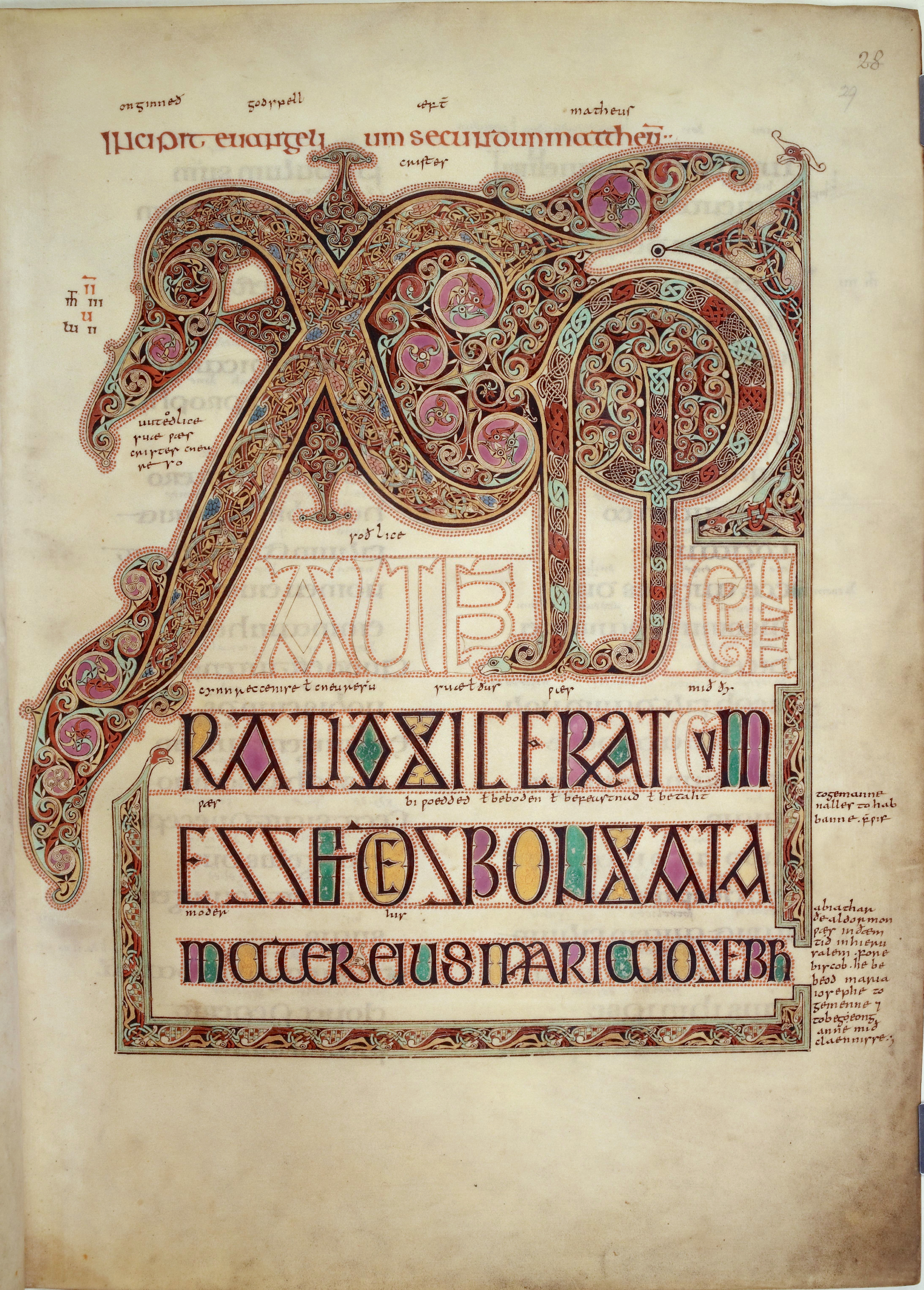|
St. Sepulchre's
Holy Sepulchre London, formerly and in some official uses Saint Sepulchre-without-Newgate, is the largest Anglican parish church in the City of London. It stands on the north side of Holborn Viaduct across a crossroads from the Old Bailey, and its parish takes in Smithfield Market. During medieval times, the site lay outside ("without") the city wall, west of the Newgate. It has London's musicians' chapel in which a book of remembrance sits and an October/November requiem takes place – unusual for a church associated with Low Church Evangelicalism. The church has two local army regiment memorials. The vicar is appointed by St John's College, Oxford, which has held the church's patronage since 1622. The church is within the Newgate Street Conservation Area. History The original ( probably pre-Norman) church on the site was dedicated to St Edmund the King and Martyr. In 1137 it was given to the Priory of St Bartholomew. During the Crusades of that century the church w ... [...More Info...] [...Related Items...] OR: [Wikipedia] [Google] [Baidu] |
London
London is the capital and List of urban areas in the United Kingdom, largest city of England and the United Kingdom, with a population of just under 9 million. It stands on the River Thames in south-east England at the head of a estuary down to the North Sea, and has been a major settlement for two millennia. The City of London, its ancient core and financial centre, was founded by the Roman Empire, Romans as ''Londinium'' and retains its medieval boundaries.See also: Independent city#National capitals, Independent city § National capitals The City of Westminster, to the west of the City of London, has for centuries hosted the national Government of the United Kingdom, government and Parliament of the United Kingdom, parliament. Since the 19th century, the name "London" has also referred to the metropolis around this core, historically split between the Counties of England, counties of Middlesex, Essex, Surrey, Kent, and Hertfordshire, which largely comprises Greater London ... [...More Info...] [...Related Items...] OR: [Wikipedia] [Google] [Baidu] |
London Wall
The London Wall was a defensive wall first built by the Romans around the strategically important port town of Londinium in AD 200, and is now the name of a modern street in the City of London. It has origins as an initial mound wall and ditch from AD 100 and an initial fort, now called Cripplegate fort after the city gate (Cripplegate) that was positioned within its northern wall later on, built in 120-150 where it was then expanded upon by Roman builders into a city-wide defence. Over time, as Roman influence waned through the departure of the Roman army in 410, their withdrawal led to its disrepair, as political power on the island of Great Britain dispersed through the Heptarchy (seven kingdoms) period of Anglo-Saxon England. From the conquest of William the Conqueror, successive medieval restorations and repairs to its use have been undertaken. This wall largely defined the boundaries of the City of London until the later Middle Ages, when population rises and the dev ... [...More Info...] [...Related Items...] OR: [Wikipedia] [Google] [Baidu] |
St Edmund, King And Martyr
St Edmund, King and Martyr, is an Anglican church in Lombard Street, in the City of London, dedicated to St Edmund the Martyr. Since 2001 it houses the London Centre for Spirituality, now (2017) renamed the London Centre for Spiritual Direction, but is still a consecrated church. In 2015, the church became an office of Ric Thorpe, Bishop of Islington and organisation he leads, Centre for Church Multiplication Since 2019, Imprint Church organises regular worship inside of the building. The church lies in the ward of Langbourn, and has a ward noticeboard outside. History In 1292, the church is first recorded as 'Saint Edmund towards Garcherche', and it reappears in 1348 as 'Saint Edmund in Lombardestrete'. John Stow, in his Survey of London 1598, revised during 1603, refers to it also as St Edmund Grass Church. The medieval church was destroyed in the Great Fire of 1666. After the fire the parish was united with that of St Nicholas Acons, which was also destroyed and n ... [...More Info...] [...Related Items...] OR: [Wikipedia] [Google] [Baidu] |
St Paul's Cathedral
St Paul's Cathedral is an Anglicanism, Anglican cathedral in London and is the seat of the Bishop of London. The cathedral serves as the mother church of the Diocese of London. It is on Ludgate Hill at the highest point of the City of London and is a Listed Building, Grade I listed building. Its dedication to Paul the Apostle dates back to the original church on this site, founded in AD 604. The present structure, dating from the late 17th century, was designed in the English Baroque style by Sir Christopher Wren. Its construction, completed in Wren's lifetime, was part of a major rebuilding programme in the city after the Great Fire of London. The earlier Gothic cathedral (Old St Paul's Cathedral), largely destroyed in the Great Fire, was a central focus for medieval and early modern London, including Paul's walk and St Paul's Churchyard, being the site of St Paul's Cross. The cathedral is one of the most famous and recognisable sights of London. Its dome, surrounded by ... [...More Info...] [...Related Items...] OR: [Wikipedia] [Google] [Baidu] |
Contraction (linguistics)
A contraction is a shortened version of the spoken and written forms of a word, syllable, or word group, created by omission of internal letters and sounds. In linguistic analysis, contractions should not be confused with crasis, abbreviations and initialisms (including acronyms), with which they share some semantic and phonetic functions, though all three are connoted by the term "abbreviation" in layman’s terms. Contraction is also distinguished from morphological clipping, where beginnings and endings are omitted. The definition overlaps with the term portmanteau (a linguistic '' blend''), but a distinction can be made between a portmanteau and a contraction by noting that contractions are formed from words that would otherwise appear together in sequence, such as ''do'' and ''not'', whereas a portmanteau word is formed by combining two or more existing words that all relate to a singular concept that the portmanteau describes. English English has a number of cont ... [...More Info...] [...Related Items...] OR: [Wikipedia] [Google] [Baidu] |
Jerusalem
Jerusalem (; he, יְרוּשָׁלַיִם ; ar, القُدس ) (combining the Biblical and common usage Arabic names); grc, Ἱερουσαλήμ/Ἰεροσόλυμα, Hierousalḗm/Hierosóluma; hy, Երուսաղեմ, Erusałēm. is a city in Western Asia. Situated on a plateau in the Judaean Mountains between the Mediterranean Sea, Mediterranean and the Dead Sea, it is one of the List of oldest continuously inhabited cities, oldest cities in the world and is considered to be a holy city for the three major Abrahamic religions: Judaism, Christianity, and Islam. Both Israelis and Palestinians claim Jerusalem as their Capital city, capital, as Israel maintains its primary governmental institutions there and the State of Palestine ultimately foresees it as its seat of power. Because of this dispute, Status of Jerusalem, neither claim is widely recognized internationally. Throughout History of Jerusalem, its long history, Jerusalem has been destroyed at least twice, Sie ... [...More Info...] [...Related Items...] OR: [Wikipedia] [Google] [Baidu] |
Church Of The Holy Sepulchre
The Church of the Holy Sepulchre, hy, Սուրբ Հարության տաճար, la, Ecclesia Sancti Sepulchri, am, የቅዱስ መቃብር ቤተክርስቲያን, he, כנסיית הקבר, ar, كنيسة القيامة is a church in the Christian Quarter of the Old City (Jerusalem), Old City of Jerusalem. According to traditions dating back to the Christianity in the 4th century, 4th century, it contains the two holiest sites in Christianity: the site where Jesus was Crucifixion of Jesus, crucified, at a place known as Calvary or Golgotha, and Jesus's empty Tomb of Jesus, tomb, which is where he was Burial of Jesus, buried and Resurrection of Jesus, resurrected. Each time the church was rebuilt, some of the antiquities from the preceding structure were used in the newer renovation. The tomb itself is enclosed by a 19th-century shrine called the #Aedicule, Aedicule. The Status Quo (Jerusalem and Bethlehem), Status Quo, an understanding between religious communities da ... [...More Info...] [...Related Items...] OR: [Wikipedia] [Google] [Baidu] |
Crusades
The Crusades were a series of religious wars initiated, supported, and sometimes directed by the Latin Church in the medieval period. The best known of these Crusades are those to the Holy Land in the period between 1095 and 1291 that were intended to recover Jerusalem and its surrounding area from Islamic rule. Beginning with the First Crusade, which resulted in the recovery of Jerusalem in 1099, dozens of Crusades were fought, providing a focal point of European history for centuries. In 1095, Pope Urban II proclaimed the First Crusade at the Council of Clermont. He encouraged military support for Byzantine emperor AlexiosI against the Seljuk Turks and called for an armed pilgrimage to Jerusalem. Across all social strata in western Europe, there was an enthusiastic response. The first Crusaders had a variety of motivations, including religious salvation, satisfying feudal obligations, opportunities for renown, and economic or political advantage. Later crusades were ... [...More Info...] [...Related Items...] OR: [Wikipedia] [Google] [Baidu] |
St Bartholomew-the-Great
The Priory Church of St Bartholomew the Great, sometimes abbreviated to Great St Bart's, is a medieval church in the Church of England's Diocese of London located in Smithfield within the City of London. The building was founded as an Augustinian priory in 1123. It adjoins St Bartholomew's Hospital of the same foundation. St Bartholomew the Great is so named to distinguish it from its neighbouring smaller church of St Bartholomew the Less, which was founded at the same time within the precincts of St Bartholomew's Hospital to serve as the hospital's parish church and occasional place of worship. The two parish churches were reunited in 2012 under one benefice. History Medieval church The church was founded in 1123 by Rahere, a prebendary of St Paul's Cathedral and an Augustinian canon regular. While in Italy, he had a dream that a winged beast came and transported him to a high place, then relayed a message from "the High Trinity and...the court of Heaven" that he was to ... [...More Info...] [...Related Items...] OR: [Wikipedia] [Google] [Baidu] |
Edmund Of East Anglia
Edmund the Martyr (also known as St Edmund or Edmund of East Anglia, died 20 November 869) was king of East Anglia from about 855 until his death. Few historical facts about Edmund are known, as the kingdom of East Anglia was devastated by the Vikings, who destroyed any contemporary evidence of his reign. Coins minted by Edmund indicate that he succeeded Æthelweard of East Anglia, as they shared the same moneyers. He is thought to have been of East Anglian origin, but 12th century writers produced fictitious accounts of his family, succession and his rule as king. Edmund's death was mentioned in the ''Anglo-Saxon Chronicle'', which relates that he was killed in 869 after the Great Heathen Army advanced into East Anglia. Medieval versions of Edmund's life and martyrdom differ as to whether he died in battle fighting the Great Heathen Army, or if he met his death after being captured and then refusing the Viking leaders' demand that he renounce Christ. A popular cult emerged ... [...More Info...] [...Related Items...] OR: [Wikipedia] [Google] [Baidu] |
Anglo-Saxons
The Anglo-Saxons were a cultural group who inhabited England in the Early Middle Ages. They traced their origins to settlers who came to Britain from mainland Europe in the 5th century. However, the ethnogenesis of the Anglo-Saxons happened within Britain, and the identity was not merely imported. Anglo-Saxon identity arose from interaction between incoming groups from several Germanic tribes, both amongst themselves, and with indigenous Britons. Many of the natives, over time, adopted Anglo-Saxon culture and language and were assimilated. The Anglo-Saxons established the concept, and the Kingdom, of England, and though the modern English language owes somewhat less than 26% of its words to their language, this includes the vast majority of words used in everyday speech. Historically, the Anglo-Saxon period denotes the period in Britain between about 450 and 1066, after their initial settlement and up until the Norman Conquest. Higham, Nicholas J., and Martin J. Ryan. ''The An ... [...More Info...] [...Related Items...] OR: [Wikipedia] [Google] [Baidu] |
City Of London Corporation
The City of London Corporation, officially and legally the Mayor and Commonalty and Citizens of the City of London, is the municipal governing body of the City of London, the historic centre of London and the location of much of the United Kingdom's financial sector. In 2006, the name was changed from Corporation of London as the corporate body needed to be distinguished from the geographical area to avoid confusion with the wider London local government, the Greater London Authority. Both businesses and residents of the City, or "Square Mile", are entitled to vote in City elections, and in addition to its functions as the local authority—analogous to those undertaken by the 32 boroughs that administer the rest of the Greater London region—it takes responsibility for supporting the financial services industry and representing its interests. The corporation's structure includes the Lord Mayor, the Court of Aldermen, the Court of Common Council, and the Freemen and Li ... [...More Info...] [...Related Items...] OR: [Wikipedia] [Google] [Baidu] |







